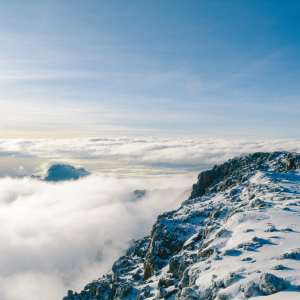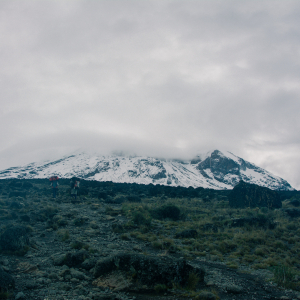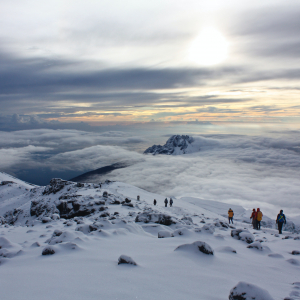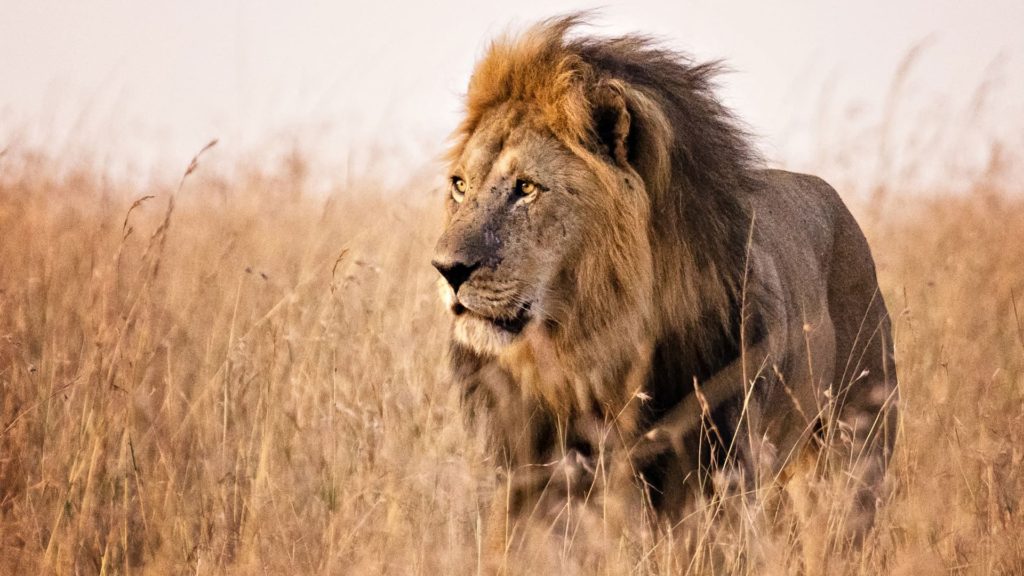Mount Kilimanjaro is the tallest mountain in Africa, making it one of the seven culminations. Here are the seven culminations all together from most elevated to least.
Kilimanjaro is exceptionally famous with both experienced climbers and first time travelers since it is viewed as the most straightforward of the seven highest points. Scaling the mountain requires no specialized abilities or gear, like rope, outfit, crampons or ice hatchet. In this manner, it is a climbing or “stroll up” top, not a mountaineering or ascending pinnacle.
Kilimanjaro isn’t just Africa’s tallest pinnacle, yet additionally the world’s tallest detached mountain. The culmination, named Uhuru Point, is 5,895 meters (19,341 feet) above ocean level.
Most high mountains are essential for ranges, like Mount Everest’s Himalayan Mountain Range. These are framed in a cycle called plate tectonics. Beneath the ground, Earth’s outside layer is comprised of numerous structural plates. These plates have been moving since forever ago because of geologic movement.
At the point when plates push against one another, the edges fold, compelling sections of rock into the air. These are known as overlay mountains and are the most well-known kind of mountain. An issue block mountain range is caused when a shortcoming (break) in the Earth’s outside layer pushes squares of rock up between two structural plates. The elevated squares become block mountains.








